4 Equipment for stereo photography
There are special two-lens cameras for taking stereo pairs (Fig. 4-a) and lens stereo adapters for regular cameras (Fig. 4-b). The advantage of these devices is that they allow you to get a ready stereo pair at once and can be used to take photos of moving objects.
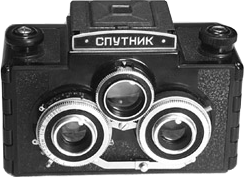
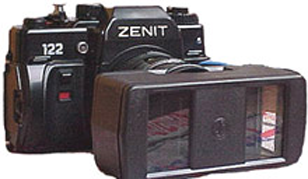
a) b)
Fig. 4. Cameras for stereo photography (pictures from www.photodome.ru)
You can take stereo photos with a regular camera as well. And even this method has its advantage - you can easily choose the size of the stereo base. To make the process more comfortable, a special rail (tripod adapter) is used to move a camera horizontally (Fig. 5).
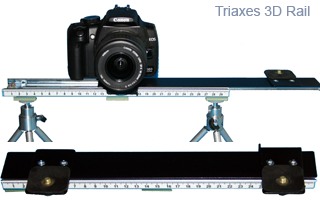
Fig. 5. Tripod adapter for Triaxes 3D Rail stereo photography (picture from www.3dmasterkit.ru)
With this tripod adapter, multi-view sequence of frames are taken, which are used in lenticular stereography. Procedure of shooting is shown in Fig. 6. Camera is based on tripod adapter at the last position and shot is taken. For the next shot a new position is selected. For high-quality stereo image you need from 10 to 18 shots.
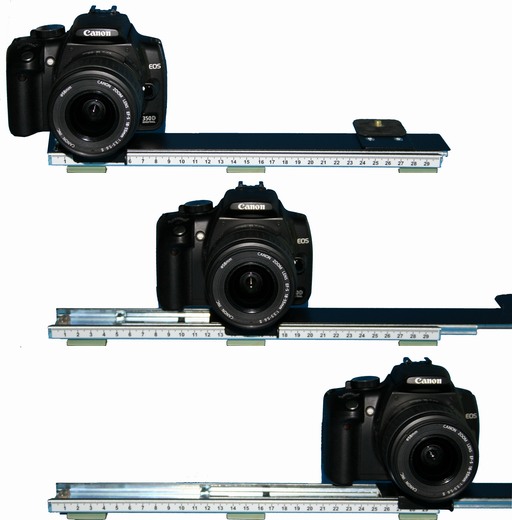
Fig. 6. Sequential stereo photography (picture from www.3dmasterkit.ru)
However, an advantage as a rule is accompanied by a disadvantage: the necessity to move the camera during the shooting process makes it more difficult to take photos of moving objects - the scene will change while you move your camera and, as a result, you won't get a stereo pair.
The quickness of shooting and the flexibility of choosing a stereo base can be achieved in a system consisting of two or more cameras fixed on a rail and having synchronized releasers (Fig. 6). The disadvantage of such system is the difficulty of setup: camera lenses must have the same characteristics. They must be precisely aimed and adjusted.Besides, the cost of this system increases.

Fig. 7. A system for stereo photography consisting of two similar cameras, tripod rail and releaser (picture from www.crystalcanyons.net)
To get stereo photos with the effect of looking around, multi-frame shooting is used. In this case, you take photos not only from the extreme points of the stereo base, but also between them - usually, it is from 6 to 12 shots. As a result, you get a whole set of stereo pairs allowing the viewer to look as if behind objects in the foreground. It is possible to take such photos with a regular single-lens camera using a tripod adapter (Fig. 5).
There are also special cameras capable to take a set of stereo pairs at once, which allows you to take photos of moving objects (Fig. 8).

Fig. 8. A camera for multi-frame shooting (pictures from www.3-dimages.com)
Also there are special cameras exist, using up to 30 lens (Fig. 9).
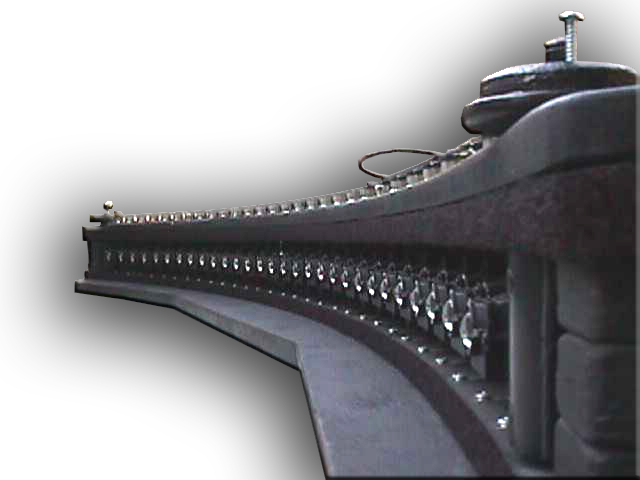
Fig. 9. A camera for multi-frame shooting (picture by Marcelo Muñoz A)